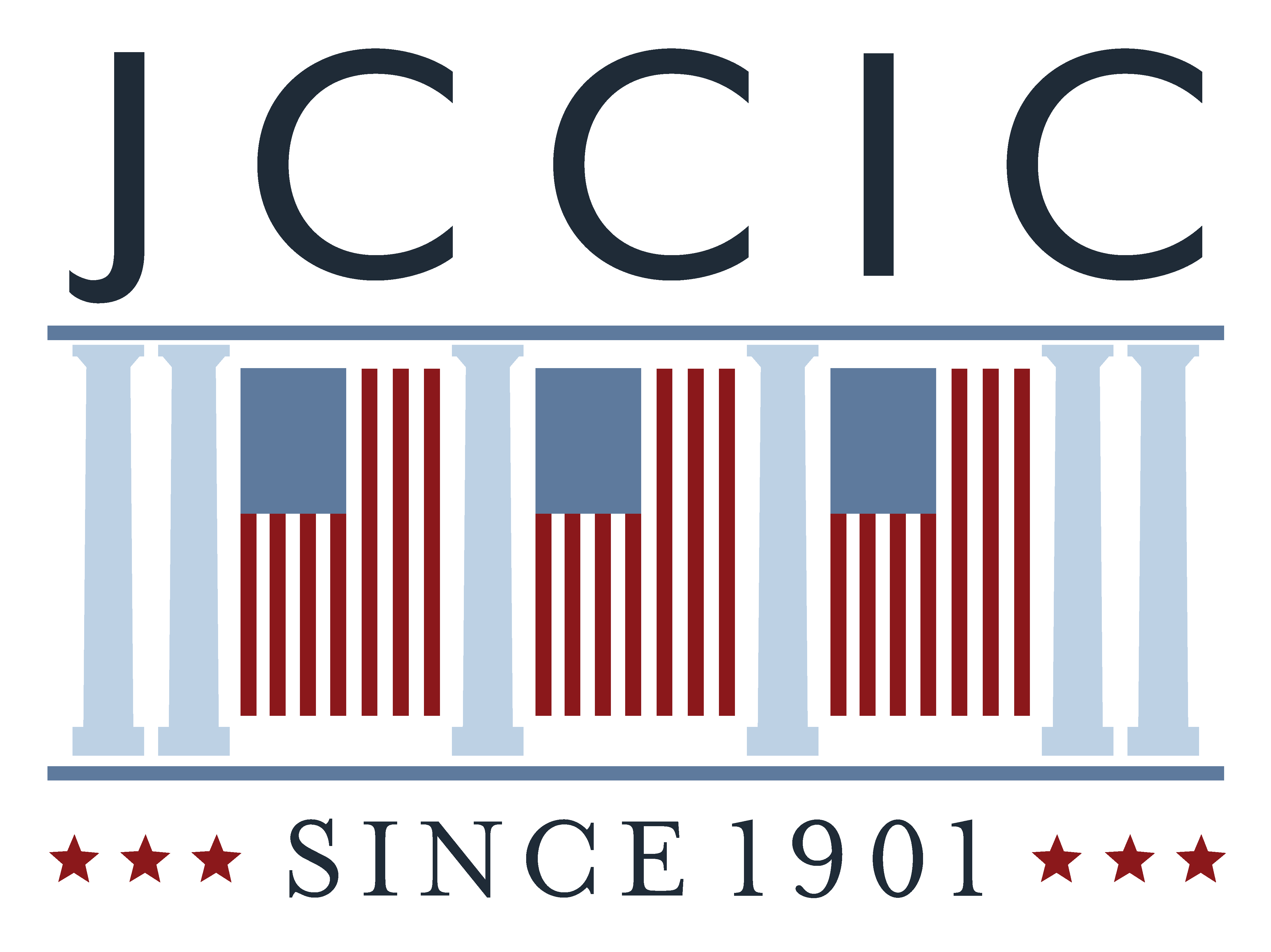SIGNING CEREMONY
The first official actions taken by the newly sworn President of the United States occur in the President’s Room just off the Senate Chamber in the U.S. Capitol. After the departure of the former President and First Lady, the new President gathers there with aides and Members of Congress to sign nominations and sometimes memorandums, proclamations, or executive orders. This tradition began in 1981, with President Ronald Reagan. Prior to that time, nominations were often submitted to the Senate on Inauguration Day without ceremony.
The President’s Room was built in the 1850s as part of the Capitol expansion of the north and south wings. The provisions of the Constitution made the President’s Room an important necessity. As originally written, the Constitution scheduled the terms of office for the President and the Congress to begin at the same time—noon, March 4. For this reason, outgoing Presidents often had to visit the Capitol during the final hours of March 3 to sign last-minute legislation that had been hurriedly passed by outgoing Congresses. These visits frequently lasted through the night, with the President remaining at the Capitol the entire time. The Twentieth Amendment, ratified in 1933, moved the start of Congress to January 3 and the beginning of the presidential term to January 20, unlinking the end of congressional and presidential terms and thus eliminating the troublesome crush of last-minute legislation on March 3. Although the room has occasionally been used by Presidents to sign historic legislation, and President Woodrow Wilson in the early 20th century often held legislative meetings there, the room is used today primarily for ceremonial purposes.

